For parents, a child's first knife evokes both nostalgia and wariness. While eager to pass down skills, concerns exist about safety risks and immature motor abilities. Generally, ages 8-12 allow supervised knife introduction as dexterity and discipline develop, though still requiring very close guidance. With an appropriate starter knife and engaged mentoring focused on building practical skills and an unyielding culture of caution, you can make your child's inaugural cutlery experience rewarding yet responsible.

Knife Type and Features
When selecting the right first knife for a child, the specific knife type and its features are key considerations for safety. The right introductory knife can allow a child to focus on building proper technique, while unsafe choices present unnecessary risks.
The following chart summarizes the main types of first knives and their key features:
| Knife Type | Features |
|---|---|
| Folding or "pocket" knife |
|
| Small blades around 2" or less |
|
| Fixed-blade knife |
|
| Blades 3-4" in mid-range steel |
|
Regardless of design, features like thumb studs or finger guard ridges for blade opening and safety notches limiting cutting depth can further protect inquisitive hands as skills are developing under watchful guidance. With patience and the proper introductory tools, young ones can safely learn to appreciate and respect the utility of a humble knife.
Teaching Safety Basics
When first introducing knives to a child, proper safety protocols are crucial. Before a child receives a knife, they need to understand:
- How to properly handle and carry a knife. Knives should be transported with the blade closed and at the owner's side, not pointing at others.
- When and where knife use is appropriate. Generally only with an adult's explicit permission and supervision for activities like whittling or cooking.
- Proper cutting techniques, like always slicing away from the body. These should be demonstrated and practiced under supervision.
- Safe storage in locked boxes when not in use.
- Routine care like washing and drying.
Establishing these core safety fundamentals early will instill responsible conduct. With this foundation, children can enjoy using knives under a mentor's watchful guidance.
Ongoing Supervision is Essential
When children are learning to use knives, continuous adult supervision is imperative. Guardians should:
- Actively monitor all blade activities until responsible and safe behavior is consistently shown.
- Correct any mistakes, provide guidance on techniques, and enforce safety rules through close attention.
- Gradually decrease supervision as a youth proves capable of good judgment in permitted settings.
- Revoke privileges if reckless actions occur.
- Regularly evaluate a child's skills and maturity. Unsupervised use may only become suitable in their mid-teens after years of careful training.
- Reinforce their role in enabling safe knife use even as supervision decreases.
When consequences for lapses in judgment are clear, knifework can foster self-assurance along with attention to preventive protocols. Above all, a child's welfare demands undivided guidance during early exposure to edged instruments.
Creating a Culture of Safety and Responsibility
Don't just buy a knife for your child. Initiate an ongoing learning process about safety and responsibility. As a parent, you play a key role in establishing this culture from the start.
- Set clear expectations. Using a knife is a privilege tied to proper conduct, not a given right. Stress that maturity in actions and judgment is required for continued access.
- Emphasize safety first. Caution about horseplay, bragging, or bullying with the knife. Make clear this could mean losing privileges or more serious consequences.
- Share stories about how knives can help when handled correctly but also harm people when misused. Instill respect for knives as helpful but potentially dangerous tools.
- Involve your child in making family safety rules for the use, storage, and transport of knives. Ensure they understand protocols before any unsupervised handling.
- Take an educational approach focused on building awareness and readiness vs just disciplinary.
With patience and establishing an ethos of accountability early on, you equip your child to enjoy knives while prioritizing safety.

Conclusion
In conclusion, introducing your child to their first knife is a responsibility that requires thoughtfulness, patience, and engaged guidance. Select an age-appropriate knife and thoroughly teach safety protocols before use. Provide active supervision as skills develop, praising progress while correcting errors with consequences. Instill an ethos of maturity and accountability from the start.
With diligent mentoring, your child can gain practical skills and a respect for knives as useful but potentially dangerous tools requiring caution. While independence may come with time, safety must remain the unconditional priority throughout your child's journey in learning to handle their first knife.


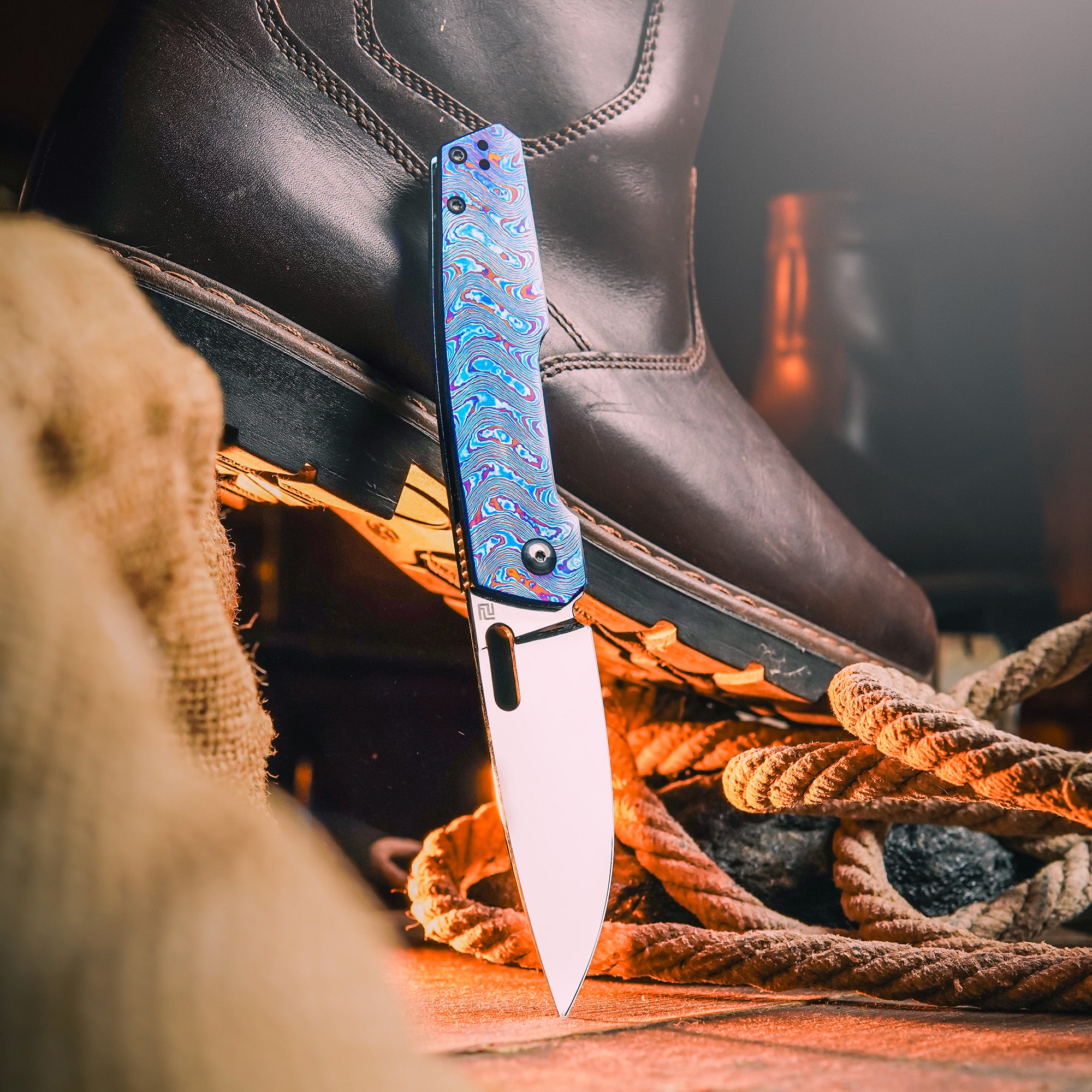
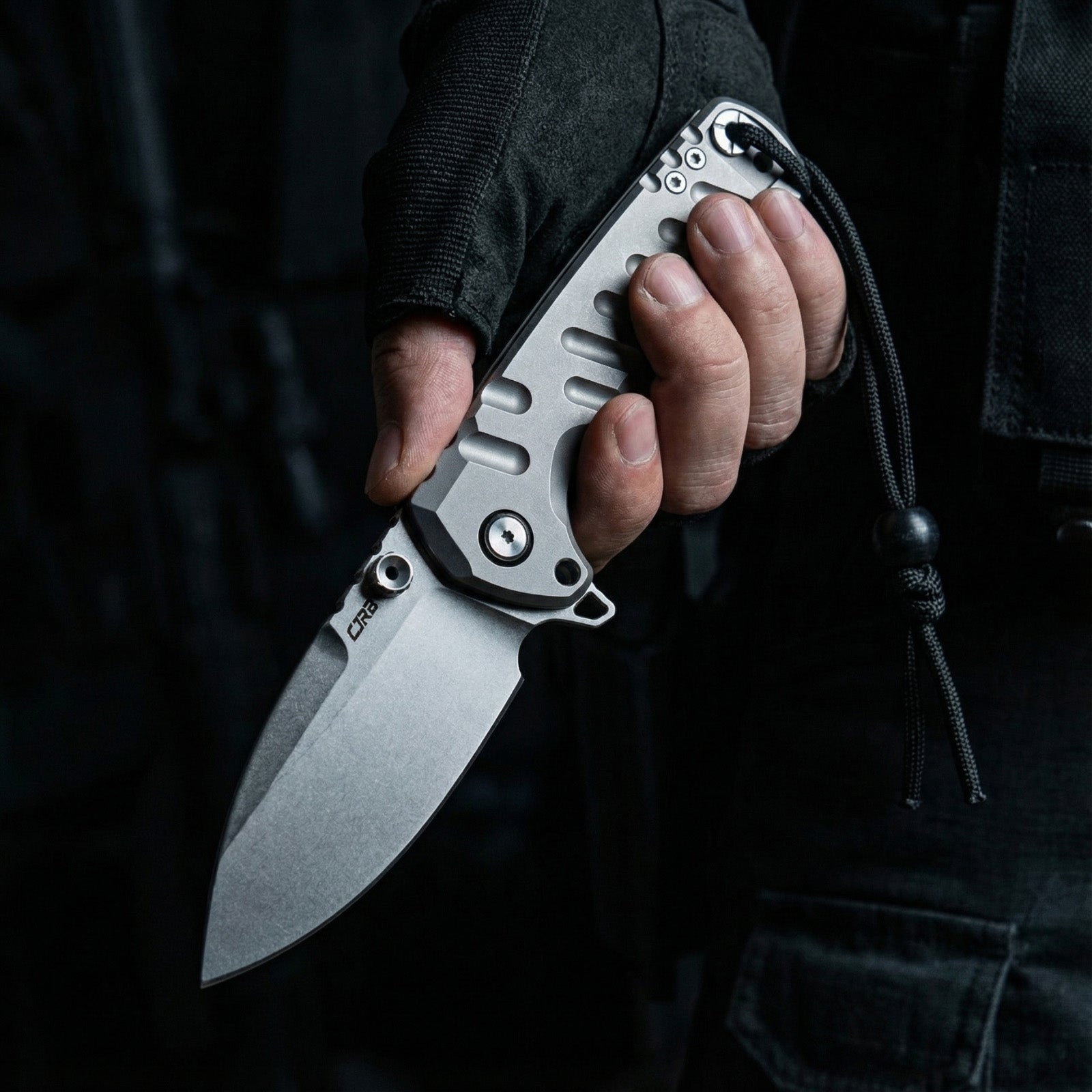
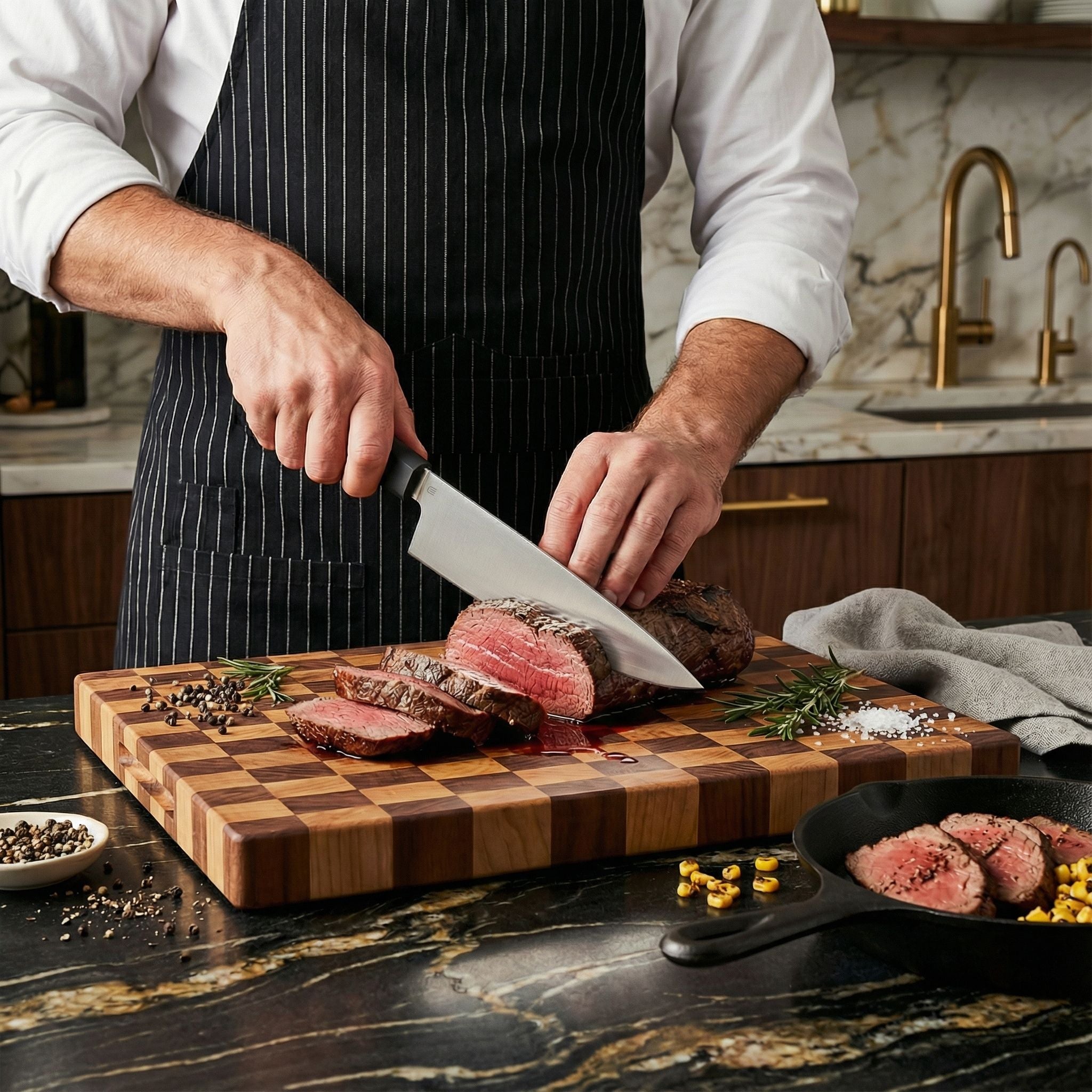

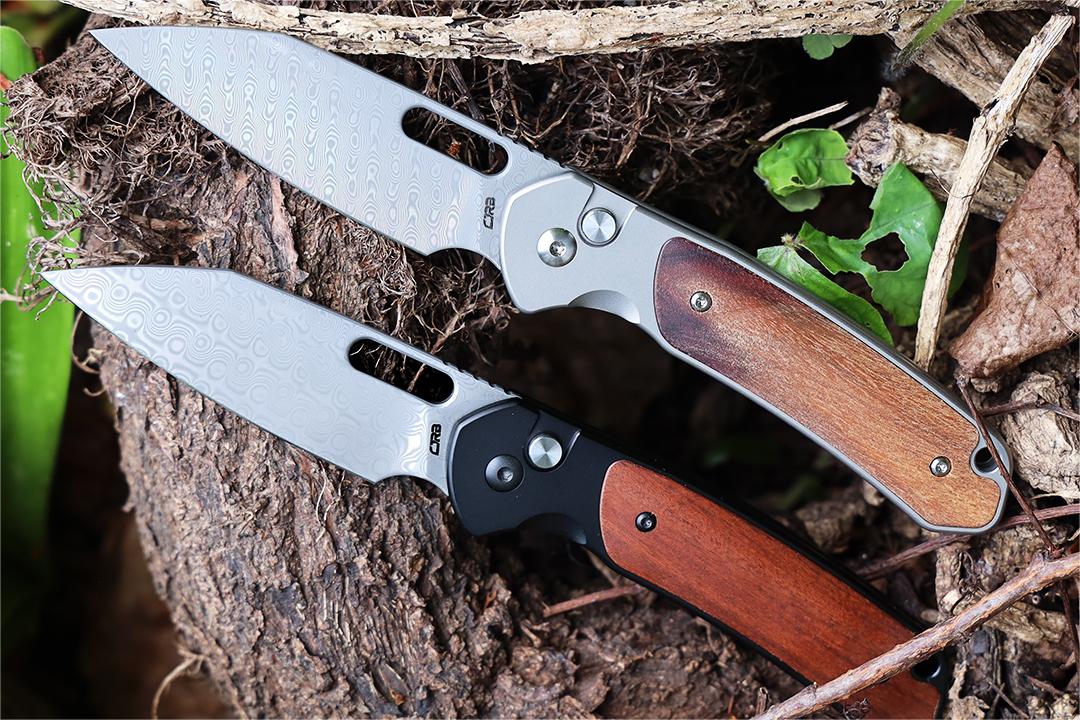
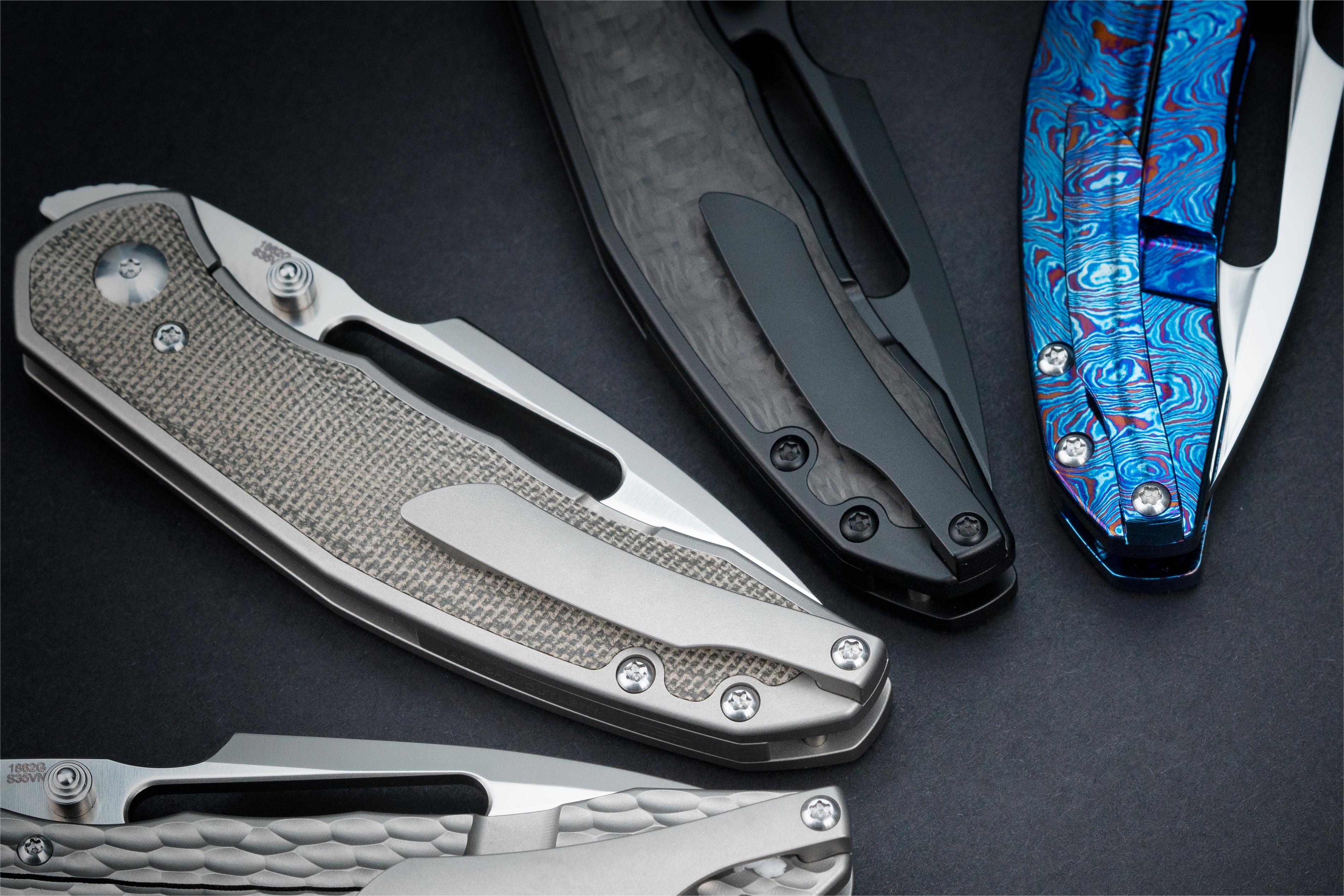


Leave a comment
All comments are moderated before being published.
This site is protected by hCaptcha and the hCaptcha Privacy Policy and Terms of Service apply.